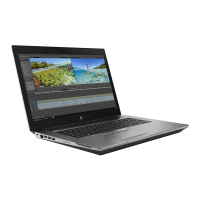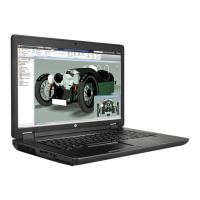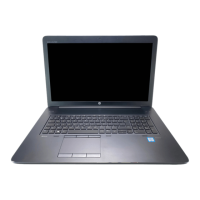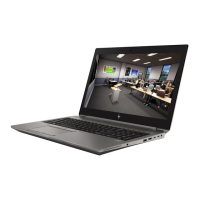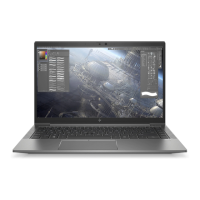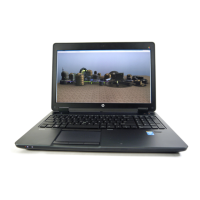NOTE: Most of the time, eective troubleshooting can prevent a system board replacement.
Situations that can prevent resolution of the issue:
● The information provided about the issue omits key details, including any actions taken before the issue
occurred.
● BIOS, software, and drivers have not been updated.
● Cables or connections are loose.
● Technician is unaware of information available from the HP Support website (CA - Customer Advisory).
● The issue is related to existing or known issues that might be identied in existing support articles.
● Technician might have omitted steps in the provided repair instructions (for example, Spare Part
Replacement Instructions).
● Skipping one of steps from Troubleshooting Methodology table results in No Defect Found (NDF)/No Fault
Found (NFF)/No Issue Detected (NID) messages.
Verify solution
Conrm that the implemented solution works.
● Reboot the system or device, and try to complete the task that produced the issue.
● If a part has been replaced, verify other basic functions. For example, GPU replacement requires keyboard
removal. Therefore, it is good practice to verify all basic components to be sure that the solution is
complete.
● Explain to the customer why the issue occurred and what was done to resolve it. If the solution you used
was in an HP public document, provide the document information to the customer, letting them know they
can locate it on http://www.hp.com. Also, tell them that there are other solutions available on the website.
Advise the customer to check the website rst when they have an issue. It might save them time calling in.
● Document the correct issue. Update the case with as many details as possible for other agents and
engineers to analyze and study for lessons learned.
120 Chapter 7 Troubleshooting guide ENWW
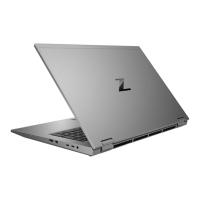
